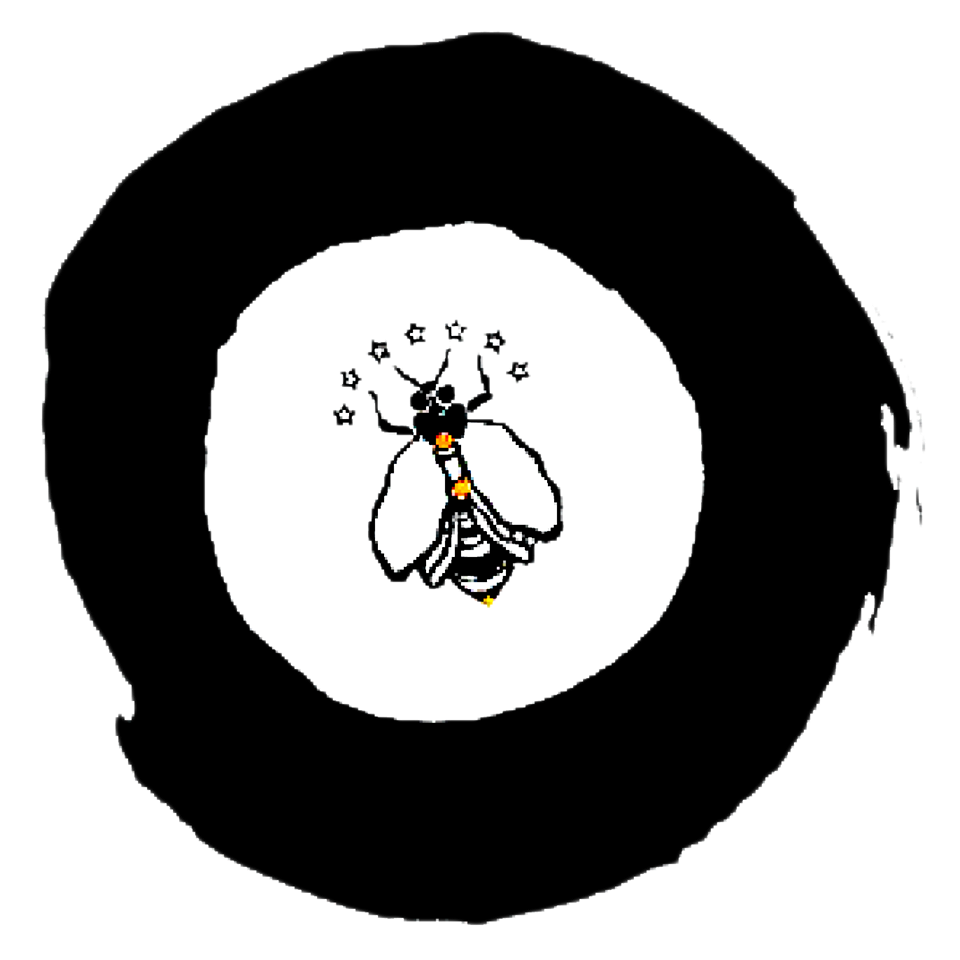Twelve hundred years ago, during the Tang and Song Dynasties, China opened diplomatic relations and Japan sent many emissaries to receive the sharing of knowledge that occurred. At this time the Japanese emissaries brought home sixty-five hundred new kanji, an expanded knowledge of herbs, and the studies of acupuncture and bee venom therapy (apitherapy).
Before the opening of their borders the Chinese had been studying the medicines of the honey bee for over 3800 years. Through observation and experimentation with honey bee medicine they had developed the meridians and their access points, the tsubos. As time went on, and metallurgy was discovered, people began using metal needles to mimic the sting of the bee and moxa to mimic the heat of the venom. Hence acupuncture was born and took its parallel path to apitherapy.
When the Mongols invaded China, and after hundreds of years of gathering knowledge, the Japanese emissaries returned home and Japan closed its borders. While their borders were closed, they worked and refined the practices they had brought home, making them their own. Thus, from Chinese Apitherapy, over the course of twelve hundred years Hoshindo came to be.
In the mid 1990’s, Voyce Durling-Jones traveled to Japan, and through a series of events, became the first and only westerner to study and pass the National Hoshin board exams. Voyce Sensei then brought this knowledge from Japan to the United States and practiced up until her death in 2022. She founded the Hoshindo Healing Arts Institute and the Hoshindo Society of the Americas, which are based in Santa Fe, New Mexico and began teaching this ancient and rare healing modality in the year 2000.




